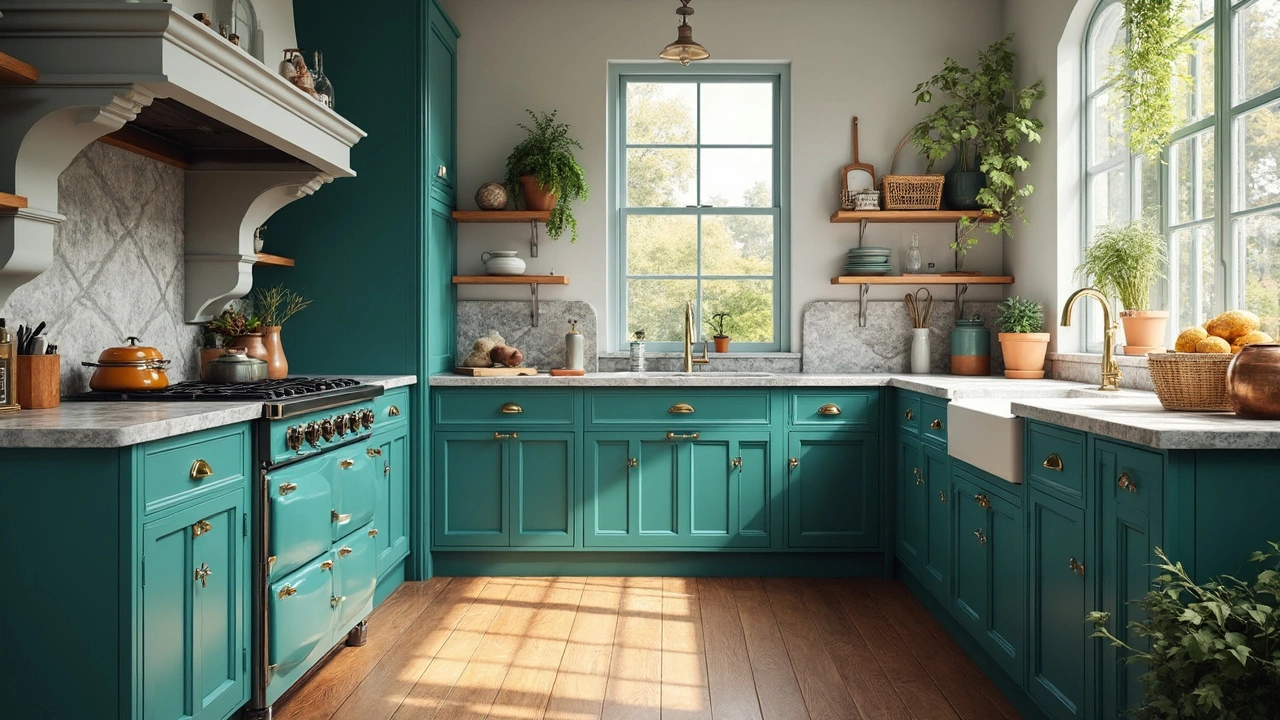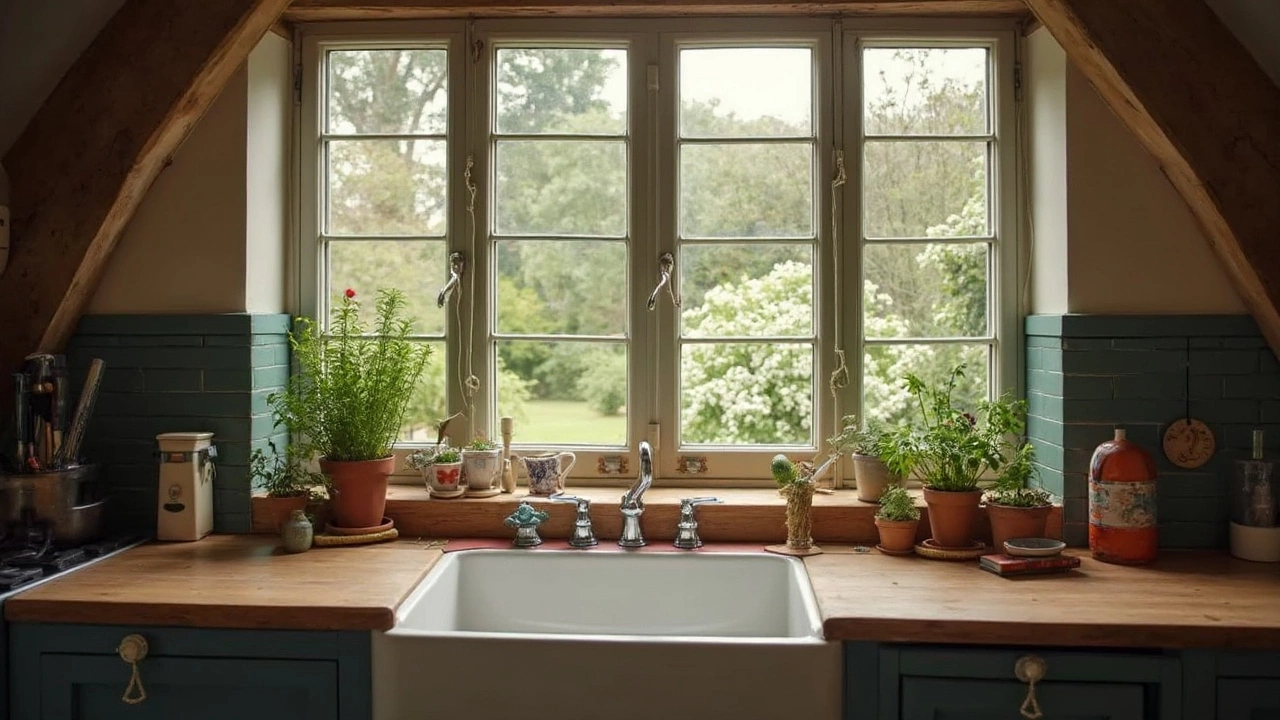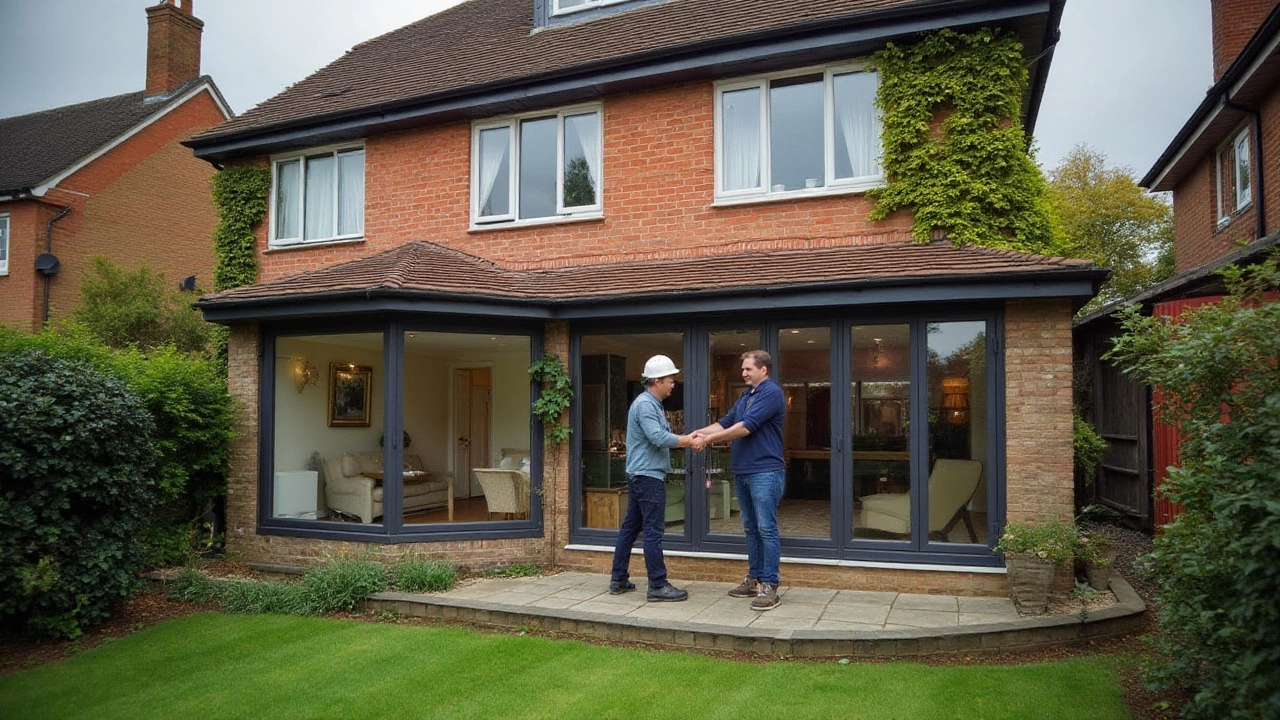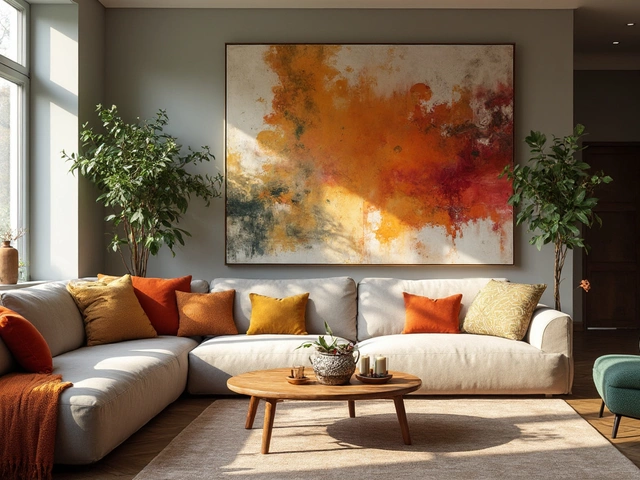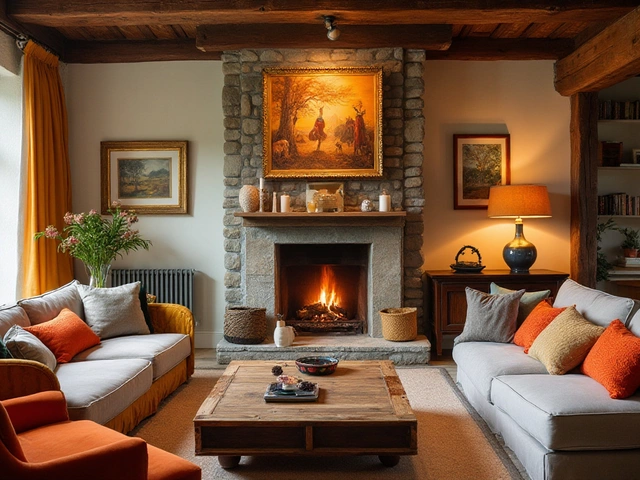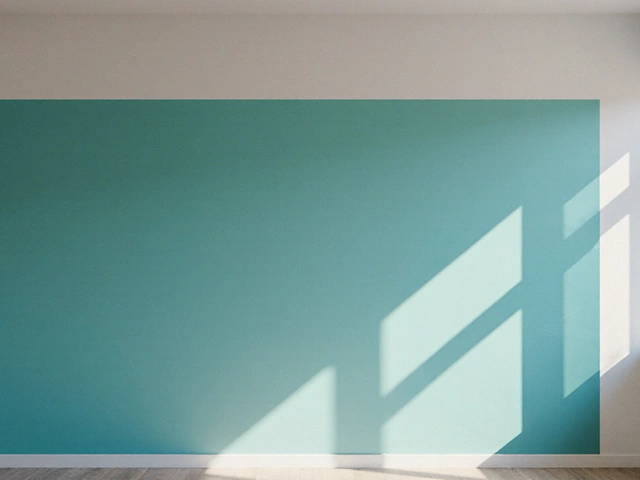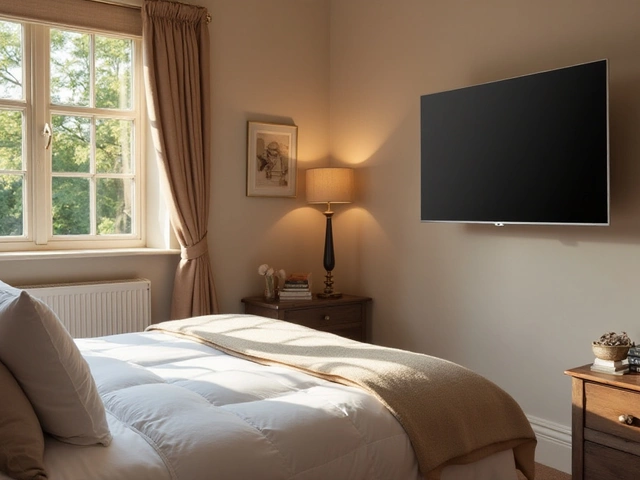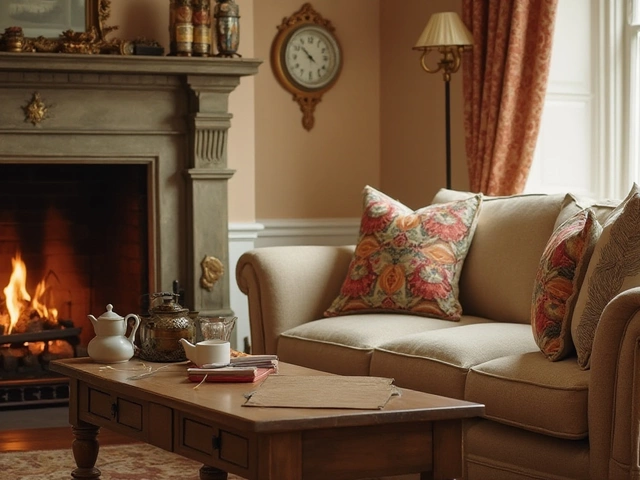Home Renovation Made Simple: Real Tips You Can Use Today
Thinking about a home renovation but not sure where to start? You’re not alone. Most people feel overwhelmed by the sheer number of choices – paint colors, flooring, furniture, lighting, and the budget questions that pop up at every turn. The good news is you don’t need a design degree to make solid decisions. In the next few minutes we’ll break down the biggest hurdles and give you clear steps you can apply right now.
Practical Renovation Tips for Every Room
Start by listing the rooms that need the most love. Is your living room feeling cramped? Does the bathroom lack storage? Grab a notebook and write down one problem per room. This simple list becomes your renovation roadmap.
Next, think in three‑tier priorities: must‑haves, nice‑to‑haves, and optional upgrades. Must‑haves are things that affect function – a leaky faucet, a broken light switch, or a cracked floor. Allocate most of your budget to these fixes before splurging on decorative items.
When you’re ready for the visual side, stick to a limited colour palette. Neutral walls (soft greys, warm whites, or muted taupes) let you change accessories without repainting. Add personality with textiles – cushions, rugs, and curtains – because they’re cheap to swap and instantly refresh a space.
Lighting can transform a room without a full remodel. Aim for three layers: ambient (ceiling fixtures), task (under‑cabinet lights or desk lamps), and accent (wall sconces or LED strips). A well‑lit room feels larger and more welcoming, which is a win for any renovation.
Choosing the Right Materials and Finishes
Flooring is a common renovation hotspot. Luxury Vinyl Plank (LVP) offers the look of wood at a lower cost and with better water resistance – perfect for kitchens and bathrooms. If you prefer natural wood, engineered hardwood gives the same aesthetic with improved stability on concrete slabs.
When you pick a material, consider durability and maintenance. High‑traffic areas need tougher finishes. For example, a matte ceramic tile is easier to keep clean than a glossy stone that shows footprints.
Don’t forget about storage solutions. Simple additions like floating shelves, built‑in wardrobes, or pull‑out pantry bins can double the usable space in a room. They’re often DIY‑friendly and cost far less than a full wall remodel.
Finally, schedule a realistic timeline. Small projects (painting a room, swapping out cabinet hardware) can be completed in weekends. Larger endeavors (new flooring, bathroom overhaul) usually need a few weeks and a little flexibility for unexpected delays. Communicating this timeline with any contractors helps keep the project on track.
Home renovation doesn’t have to be a headache. By breaking the process into clear steps, prioritising function first, and choosing smart, budget‑friendly materials, you’ll see real results without the stress. Ready to start? Grab that notebook, pick a room, and take the first step today.


